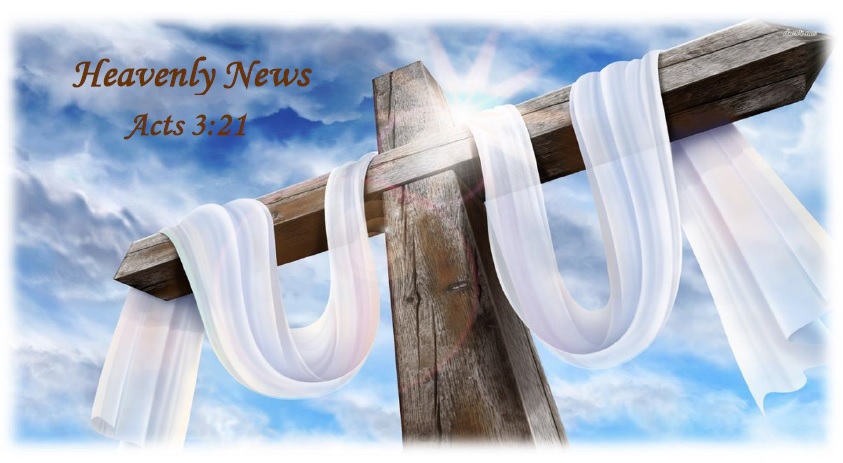Thyatira A.D. 606 - Tribulation (Part 2)
It was also a period of persecution as seen in the Wars of the Crusades and the Rise of the Inquisition. The Crusades were a series of religious expeditionary wars blessed by the Pope and the Catholic Church, with the stated goal of restoring Christian access to the holy places in and near Jerusalem. The crusaders comprised military units of Roman Catholics from all over Western Europe, and were not under unified command. The main series of Crusades, primarily against Muslims in the Levant, occurred between 1095 and 1291. After some early successes, the later crusades failed and the crusaders were defeated and forced to return home. Several hundred thousand soldiers became Crusaders by taking vows; the Pope granted them plenary indulgence. Their emblem was the cross — the term "crusade" is derived from the French term for taking up the cross. Many were from France and called themselves "Franks," which became the common term used by Muslims. The term "crusade" is also used to describe religiously motivated campaigns conducted between 1100 and 1600 in territories outside the Levant usually against pagans, heretics, and peoples under the ban of excommunication for a mixture of religious, economic, and political reasons.
The Inquisition was the "fight against heretics" by several institutions within the justice system of the Roman Catholic Church. It started in the 12th century, with the introduction of torture in the persecution of heresy. Inquisition practices were used also on offences against canon law other than heresy. The Medieval Inquisition is a series of Inquisitions (Catholic Church bodies charged with suppressing heresy) from around 1184, including the Episcopal Inquisition (1184-1230s) and later the Papal Inquisition (1230s). The Medieval Inquisition was in response to large popular movements throughout Europe considered apostate or heretical to Christianity, in particular Catharism and the Waldensians in southern France and northern Italy. These were the first inquisition movements of many that would follow.
Some outstanding products of that period are John Wycliffe, John Hus, Savonarola, and many others who earned the martyr’s crown because they refused to give up their adherence to the Word of God and Christ Jesus the Lord. One of the bleakest marks on the history of the Roman Catholic Church is that it burned at the stake men like Wycliffe and Hus, whose only sin was trying to translate the Bible into the mother tongue of the common people.
PARABLE OF THE LEAVEN (Matthew 13:33)
Leaven is always a type of evil in Scripture (Exodus 12:15; Matthew 16:6, 12; Mark 8:15; 1 Corinthians 5:6-8; Galatians 5:9).The Jezebel of the church of Thyatira is the woman who inserted the leaven of false doctrine into the meal of the gospel. This parable shows the inward corruption that took place in the church of Thyatira; and is a prophetic glimpse of what would take place within the church in the future impending years to come.
MYSTERY BABYLON (Revelation 17:1-7)
The picture is of the world being swept up into the intoxication and sin of a false system of religion. Prostitution (harlotry) symbolizes idolatry or religious apostasy (Jeremiah 3:6-9; Ezekiel 16:30, 20:30; Hosea 4:15, 5:3, 6:10, 9:1). The harlot rules over the waters which symbolize the nations of the world. She lures the nations into her grasp and deceives them into committing spiritual fornication with her. She is the bride of the Antichrist. All false religion stems from Babel or Babylon (Genesis 11:1-9).
©2012 Kenute P. Curry. All rights reserved.

No comments:
Post a Comment